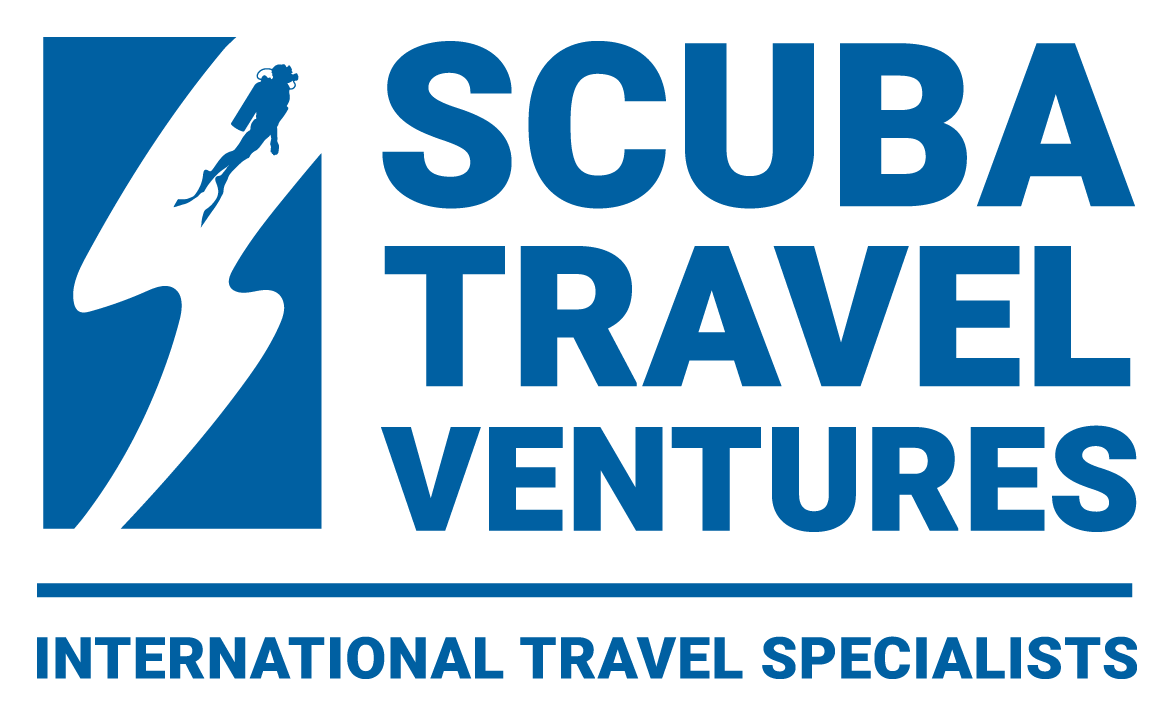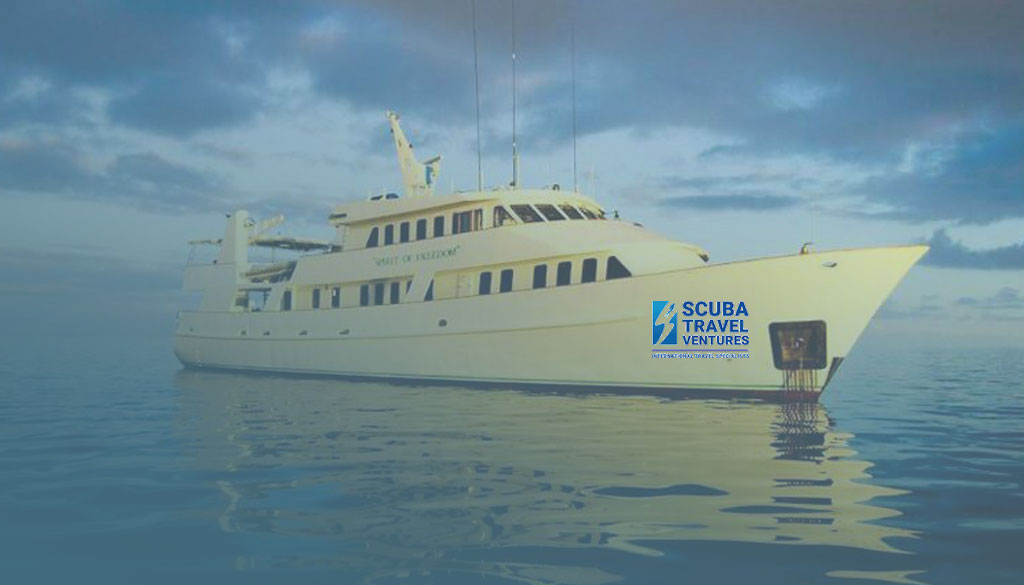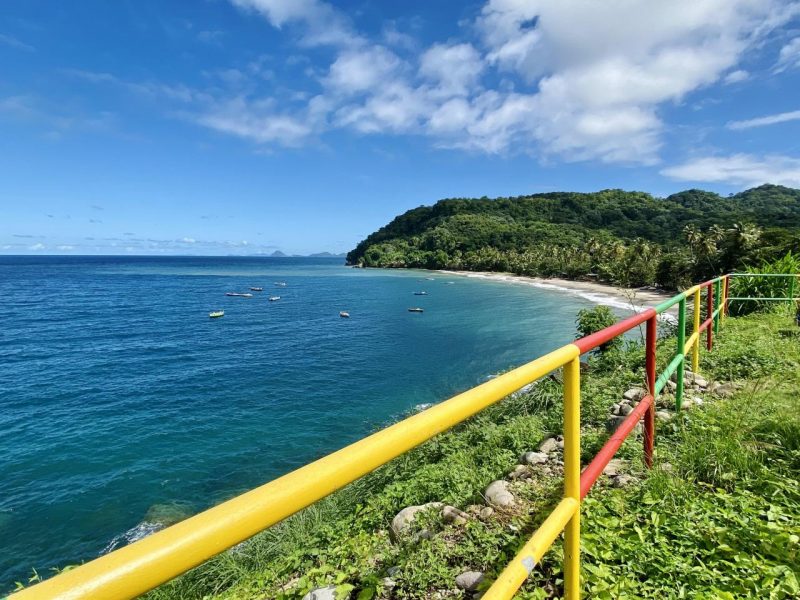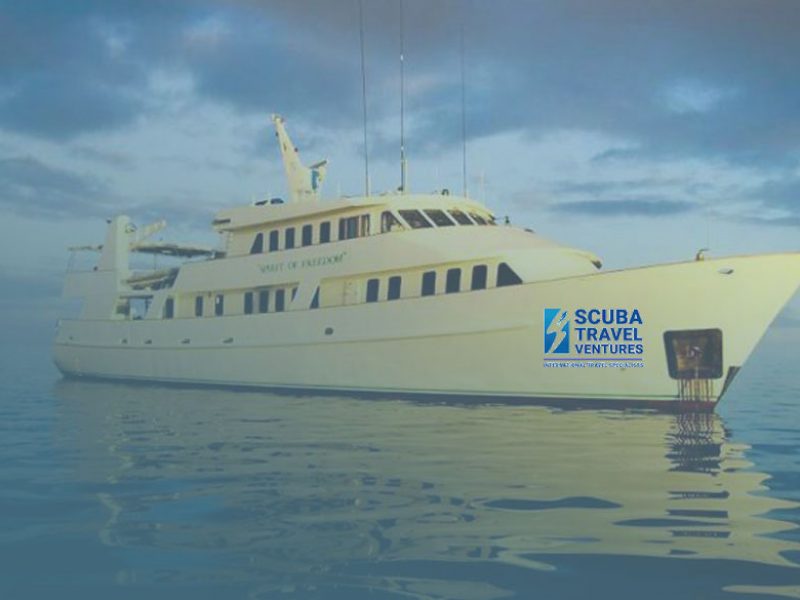I just returned from a fantastic dive trip to Isla del Coco, better known as Cocos Island. It has been known as a shark lover’s Mecca, not only for the variety of sharks but the sheer numbers. What most people go for of course is the chance of seeing schooling hammerhead sharks. We were not disappointed but more on that in a moment.
What prevents many people from visiting Cocos is the challenging crossing from the mainland. Cocos is located about 350 miles southwest of Costa Rica and the only way to get there is a 36 hour crossing by liveaboard boat. The crossing does have its advantages – getting over any jet lag, unhurried camera and gear setup, and getting to know your fellow divers. It can be a little rough at times but usually the sea is acceptably smooth. The big payoff though is the opportunity to dive in one of the most spectacular destinations on earth.
We spent almost two weeks on Sea Hunter, one of the three boats in the Undersea Hunter Group. She is a very comfortable boat – air conditioned cabins and interior spaces, decent sized dive deck, and great accommodations for photographers. Each shooter has his own station, with shelves and more AC plugs for charging batteries than any boat I have ever been on. They offer 110 and 220 voltages to accommodate anyone.
All diving is done from the two tenders. Your gear stays on the tender for the duration of the diving. No changing tanks, moving regulators, etc. When the bell rings, you get your dive briefing, grab your camera and board the tender.
The main salon is very comfortable. There are always snacks and drinks available and the boat has a vast DVD movie collection (great for long crossings!). They have a large HDTV with every imaginable plug to connect computers, cameras, memory sticks, etc.
The meals are all served buffet-style. After 30 liveaboard trips, I have experienced good and not-so-good food. I was pleasantly surprised to discover that Sea Hunter’s food was great. There were always plenty of choices and lots of variety. The dining room seats 20 guests and is very comfortable.
Enough about the boat. What you really want to know – does the diving live up to the hype? Without a doubt it does! Cocos has just about every big animal you could ask for. Schooling hammerheads, huge Galapagos sharks, white tip sharks too numerous to count. I never dreamed I would admit this, but I actually stopped photographing white tips after three days or so, because they were on every dive and in such great numbers.
We had enormous marbled rays (some almost 2 meters in diameter), schooling eagle rays, mantas, dolphins, several species of eels, turtles, large schools of jacks and bait fish. There were plenty of interesting reef and bottom fish (including red-lipped batfish). There were not too many shots of them though, since the DSLR shooters stayed committed to big animals and wide angle lenses.
One of the highlights of the trip was when a family of orcas escorted our panga to the dive site. Papa, mama, and baby orca surfaced numerous times all around the boat. As we prepared to roll in, mama glided under the boat, maybe one meter below the surface. We rolled in asap but no doubt the commotion convinced the protective parents to escort junior out of view. To be that close, even if it wasn’t underwater, was a thrill of a lifetime.
Diving in Cocos is challenging. There is almost always light to moderate current, cool water, and often there is reduced visibility due to particulate matter in the water. But these are the exact conditions that bring in the sharks. An advanced diving certificate or higher is recommended. Gloves and full wetsuits are almost mandatory due to sharp barnacles and other “pointy” things on the rocks. There is very little coral in Cocos so there is no fear of damaging anything by holding on – it’s a matter of hiding in the rocks to convince the hammerheads to come in close.
Cocos and Costa Rica offer other fantastic photo ops. There is a large colony of red-footed booby birds on the island while frigates and other sea birds are also commonly seen. The birds are unafraid of man and allow a very close approach without being alarmed. On the mainland, there are numerous tours you can take to view wildlife. On our transfer from the port of Puntarenas back to San Jose, we saw tons of rare parrots, iguanas, and some giant American crocodiles. Yes, there are some rivers you definitely do not want to walk along the shore of!
Cocos is a very special place. Like many protected habitats, it is threatened by illegal fishing. The authorities do their best with very limited resources to keep the fishermen at bay but it is a struggle. If you are interested in finding out about ways to help, please contact me and I can steer you in the right direction.
Cocos is an underwater photographer’s dream. Even if you are not a shooter, it is definitely a destination that should be on every diver’s bucket list. If you do decide to visit, feel free to contact me with any questions you might have. To view a 3 minute clip of outrageous nighttime shark feeding activity, click here to go to my YouTube posting. Additional photos will be posted soon on my website at www.wildlifeimaging.com.
Until next time,
Randy




